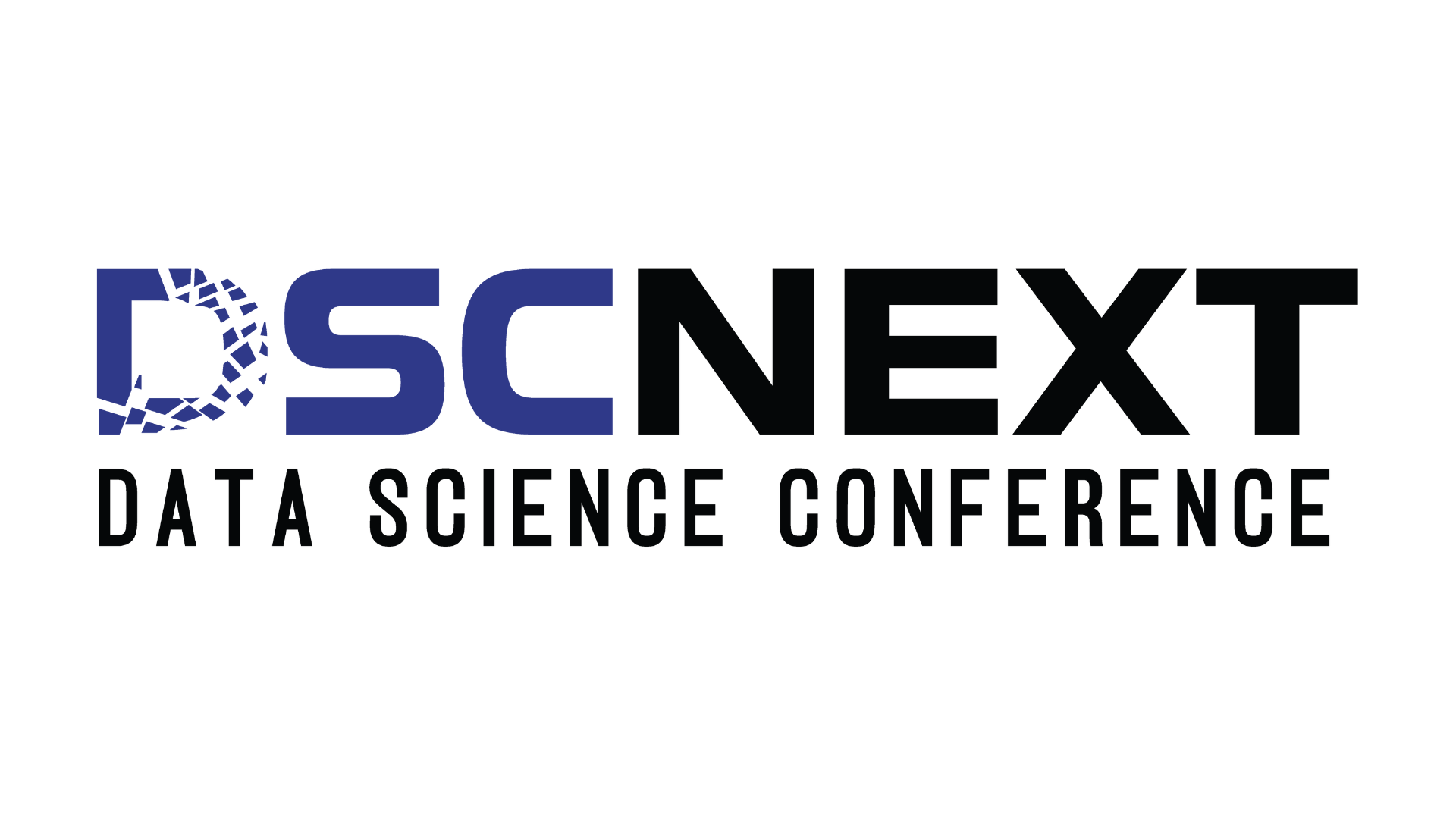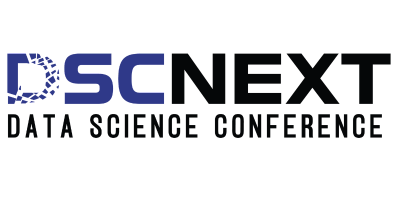
Introduction
Artificial Intelligence (AI) and Machine Learning (ML) are transforming how we live, work, and innovate. From personalized shopping experiences to breakthrough medical diagnostics, these technologies are becoming integral to every major industry. And with just a few days left for DSC Next 2025, the excitement around what’s next in data science and AI is at an all-time high. As data continues to explode, the future of AI and ML is about smarter decisions, faster responses, and deeper insights.
By the Numbers: How AI and ML Are Shaping the Future
The AI market is expected to hit $407 billion by 2027, growing at 36.2% CAGR (Fortune Business Insights).
61% of employees say AI tools have improved their productivity (PwC 2023).
AI has the potential to deliver $13 trillion in global economic activity by 2030 (McKinsey Global Institute).
Tomorrow’s Tech, Today: Emerging Trends in AI and ML
Generative AI: Tools like ChatGPT and Midjourney are reshaping content creation, design, and programming.
Federated Learning: Secure, decentralized ML model training across devices, crucial in sectors like healthcare and finance.
Edge AI: Enables real-time decision-making on local devices, vital for autonomous vehicles and smart homes.
AI Ethics & Regulation: Increasing focus on responsible AI, fairness, and transparency.
Real-World Impact: AI and ML in Action Across Industries
1. Healthcare – Diagnosis and Drug Discovery
Example: Google’s DeepMind created an AI that predicts acute kidney injury up to 48 hours before onset, giving doctors a crucial window for intervention.
Impact: Speeds up diagnosis, reduces human error, and accelerates new drug discoveries (e.g., AlphaFold for protein folding).
2. Finance – Fraud Detection and Risk Management
Example: JPMorgan Chase uses AI to analyze legal documents at high speed—what once took 360,000 hours now takes seconds.
Impact: ML models detect fraud patterns in real time, improve credit scoring, and automate routine audits.
3. Retail – Personalization and Demand Forecasting
Example: Amazon uses AI to predict what products you’ll buy next and pre-ship them to nearby warehouses.
Impact: Enhances customer experience, reduces delivery times, and optimizes supply chains.
4. Transportation – Autonomous Vehicles
Example: Tesla’s Autopilot uses deep learning to interpret its surroundings and make driving decisions.
Impact: Moves us closer to safer, autonomous transportation systems with real-time decision-making.
5. Education – Adaptive Learning
Example: Duolingo uses ML to personalize lessons based on how quickly and accurately you learn.
Impact: Enhances learning outcomes with tailored feedback and motivation triggers.
6. Cybersecurity – Threat Detection
Example: Darktrace uses ML to detect network anomalies that could indicate cyberattacks.
Impact: Improves enterprise security through self-learning, real-time defense systems.
7. Entertainment – Content Recommendations
Example: Spotify’s AI-curated playlists like “Discover Weekly” learn from your listening habits.
Impact: Drives user engagement and retention by creating hyper-personalized experiences.
Conclusion:Smarter Tech, Smarter World
AI and ML are not just transforming businesses—they’re reshaping society. From personal learning apps to self-driving cars and digital defenses, these technologies are enhancing human capabilities across every domain. As we step into 2025, events like DSC Next 2025 will be at the forefront, showcasing the latest in AI-driven innovation, data science breakthroughs, and ethical technology leadership. The future of AI isn’t just artificial—it’s intelligently human.
Join Data Science Conference

